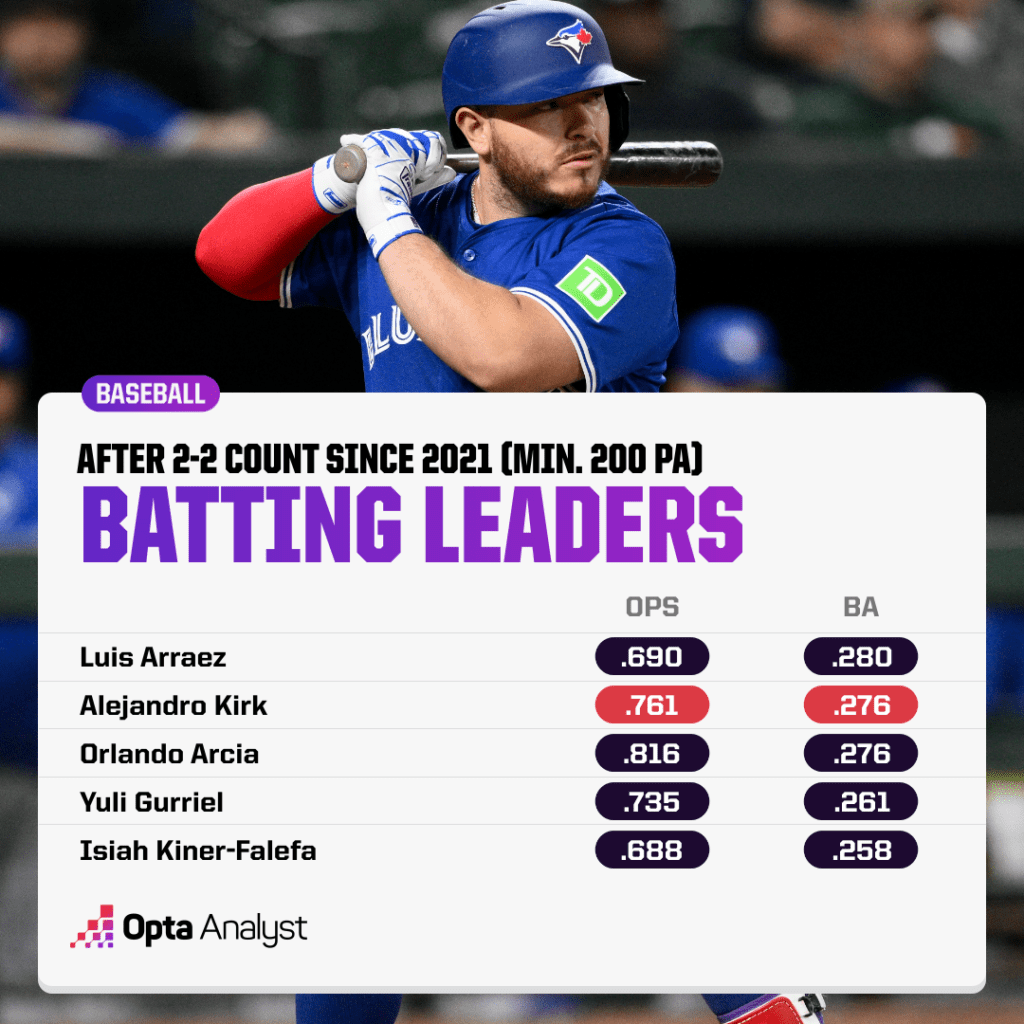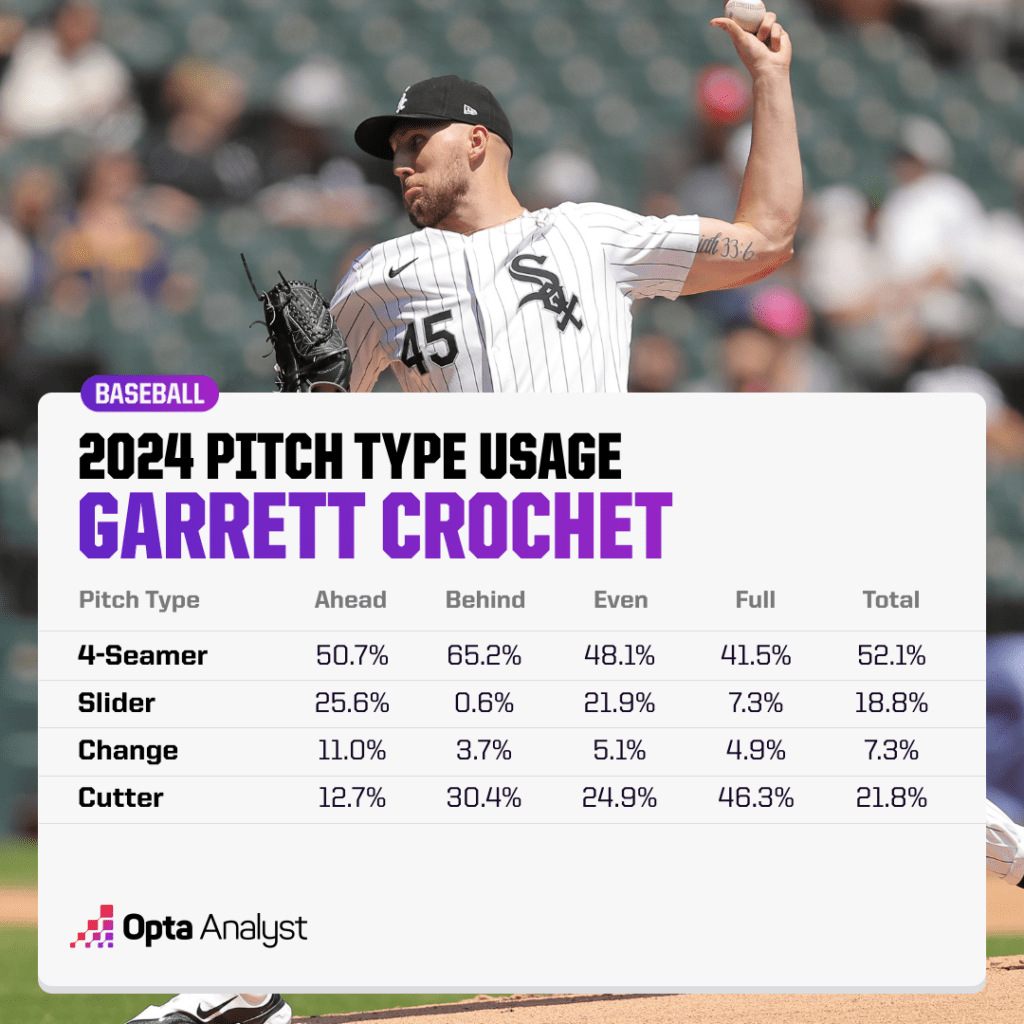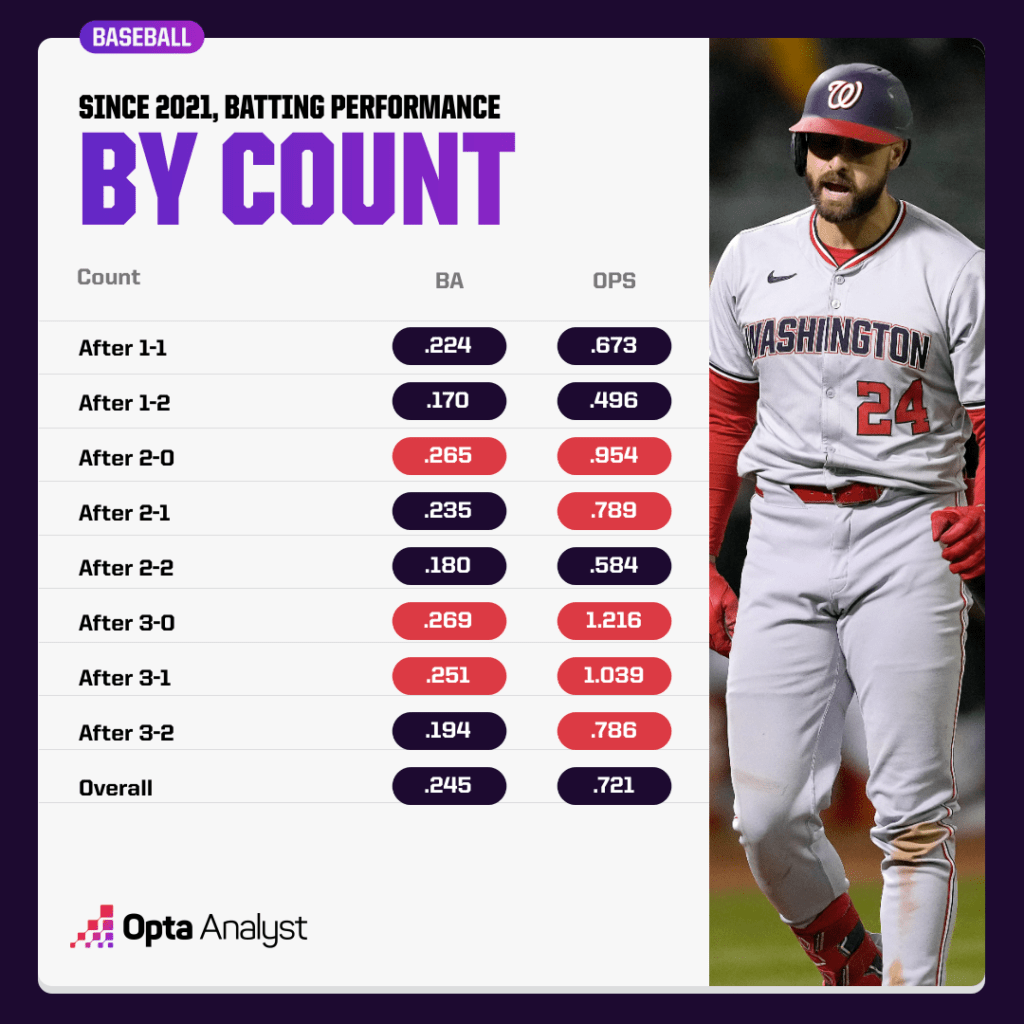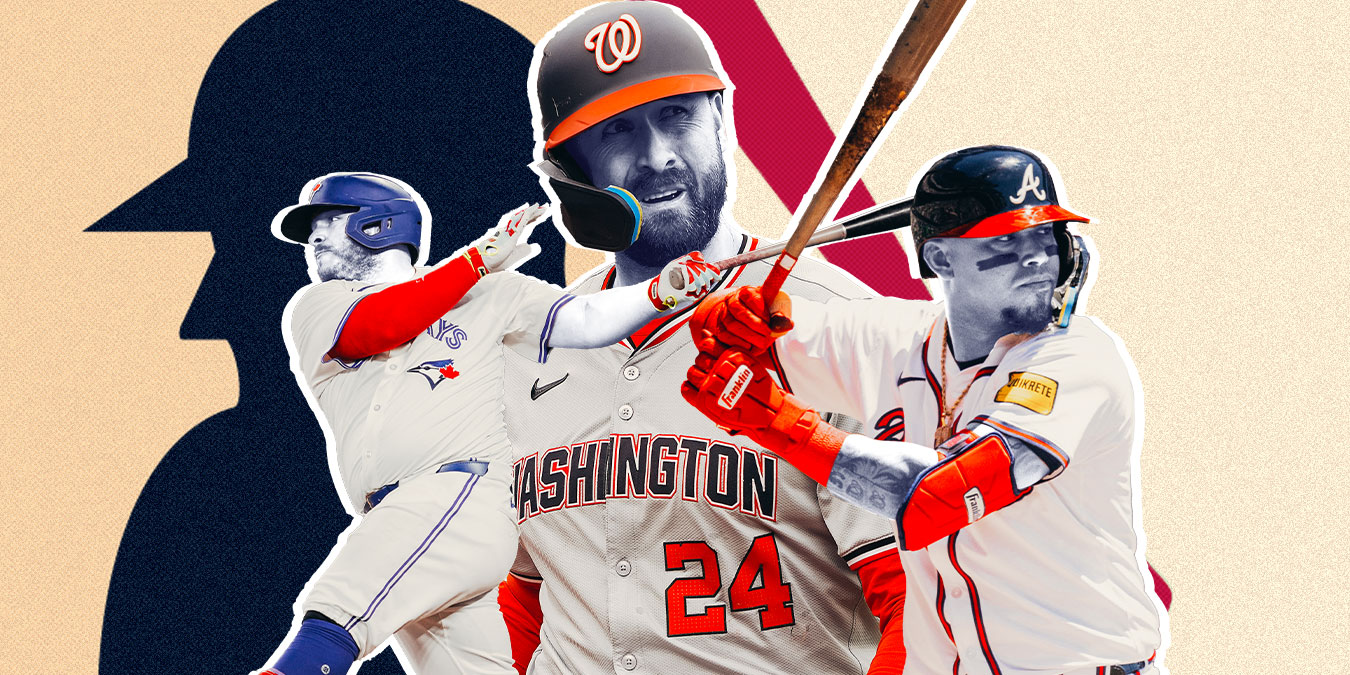By working his way into a 2-2 count, Alejandro Kirk had Tampa Bay Rays right-hander Manuel Rodriguez right where he wanted him on Sunday afternoon.
With runners on second and third and Toronto already leading 3-0, the Blue Jays catcher had a chance to break the game open in the fifth inning. He did just that, lining a two-run double over the head of left fielder Randy Arozarena to key a 5-2 home win.
Kirk has never won a batting title and the best he’s hit in a full season was .285 in 2022. Heck, he’s batting just .198 this season. But for some reason, he’s still more than comfortable in a situation in which so many others falter.
Heading into Tuesday’s action, Kirk is hitting .296 (8 for 27) with five RBIs and an OPS of .715 after an at-bat reaches 2-2 in 2024. And he’s second in the majors behind two-time batting champion Luis Arraez of the San Diego Padres (.280) with a .276 average to go along with a .761 OPS – sixth in MLB – in those situations (minimum 200 plate appearances) since the shortened pandemic year (2021-24).

Orlando Arcia of the Atlanta Braves has a career batting average of .246 across nine seasons, but he’s tied for second in the majors with both a .276 average and an .816 OPS after an at-bat reaches a 2-2 count since 2021. Only Chicago White Sox star Luis Robert Jr. has a better OPS (.870) in those situations.
What’s the big deal? Much like 1-1, isn’t 2-2 considered being even in the count?
Despite what you hear about pitchers “evening the count ” or batters “working things even,” there’s nothing even about a count reaching 2-2.
And there never has been.
In fact, here’s a little bit of inside information. When looking at one of our charts that references what a pitcher throws when he’s ahead, behind or even in the count, 2-2 pitches don’t fall under “even.” Those offerings are categorized as “ahead” of the count. Here’s an example of White Sox lefty Garrett Crochet’s usage by pitch type:

Why do we do this? We’re looking at who has the advantage in that at-bat as a whole once the count reaches that point. And it’s the numbers that guide us in that direction.
While Kirk’s .276 average and .761 OPS and Arcia’s .276 and .816 marks after 2-2 since 2021 are solid, they certainly aren’t eye-popping numbers on the surface. But that changes when we compare them to the league averages on those counts over that span – .180 and .584, respectively.
How does that compare to the other “even” count? Since 2021, MLB hitters have a .245 average and a .721 OPS after a 1-1 count. That makes a lot of sense as a true even count since the league is hitting – drum roll, please – .245 and .721 – yes, exactly the same overall – during this time frame.
We’ve also heard quite a bit from broadcasters that pitchers need to make something happen on 2-2 because they don’t want to get to a full count. In other words, the pitcher has to try to get something over the plate and the batter is likely going to get something to hit. But that obviously hasn’t led to positive results for hitters, who have a .173 average and a .457 OPS on that two-ball, two-strike offering.
On a full count, which some might categorize as an even count (we put it in its own category), a traditional line of thinking puts all the pressure on the pitcher because he has to throw a strike or risk walking the batter. However, while the league has an above-average .786 OPS on 3-2 counts (mainly because of the high walk percentage), the MLB-wide batting average when full is a paltry .194 since 2021.
MLB pitchers, needing just one more strike for a punch out while having two more balls to work with, have a 38.3% strikeout rate and a 3.04 strikeout-to-walk ratio after a 2-2 count. Overall, the league has a 22.7% strikeout rate and a 2.68 strikeout-to-walk ratio.
At 1-1, pitchers need two more strikes for a K, but have three more balls to work with, so that ratio is the same as a 2-2 count. But what drives that situation to “even” is that the batter has more of an opportunity to work the at-bat in his favor from there.
Though the count falls heavily into the pitcher’s favor at 1-2, 2-2 and even to a certain extent on 3-2, it evens things when batters are able to gain the advantage. MLB hitters have put up a .789 OPS after a 2-1 count and a 1.039 OPS after 3-1 since 2021. This is also a big reason why pitch framing has become so important over the years – a catcher getting a call to go in his team’s favor often has a tremendous impact on the result of an at-bat.

After 1-1, pitchers have a 27.8% strikeout rate and a 2.92 K-to-walk rate – better than the MLB averages, but not near where they’re at once the count gets to 2-2.
The league leaders in OPS (min. 200 plate appearances) after 1-1 since 2021 are a who’s who of baseball greats: Bryce Harper of the Philadelphia Phillies (.984), Aaron Judge of the New York Yankees (.967), Mike Trout of the Los Angeles Angels (.908), Shohei Ohtani of the Los Angeles Dodgers (.893) and Braves outfielder Ronald Acuna Jr. (.884).
Joey Gallo of the Washington Nationals (seen in graphic above) has only hit .178 overall since 2021, but he’s been even worse after a 1-1 count with a league-low .116 average with 292 strikeouts across 517 at-bats over this span. He’s also batted just .090 after 2-2 – only Rougned Odor’s .089 average is lower since 2021.
We mentioned earlier that 2-2 has never really been an even count. Even if we take things back into the heart of the steroid era, MLB hitters have batted .197 with a .612 OPS after 2-2 over the past 30 years compared to a .259 average and a .744 OPS overall during that span.
Ichiro Suzuki is the best hitter after 2-2 over the past 30 years (min. 1,000 at-bats) with a .273 average, which is a ridiculous 76 points higher than the average player over this time frame. And it’s probably no surprise Barry Bonds has the highest OPS at .918.
But those guys aren’t walking through the clubhouse door any time soon, so it might be time to take a look at things a little differently when the count moves to a not-so-even 2-2.
Stats Perform’s Lucas Haupt and Greg Gifford contributed. Check out our MLB, NBA and NFL coverage. Follow us on X and Instagram for more!
